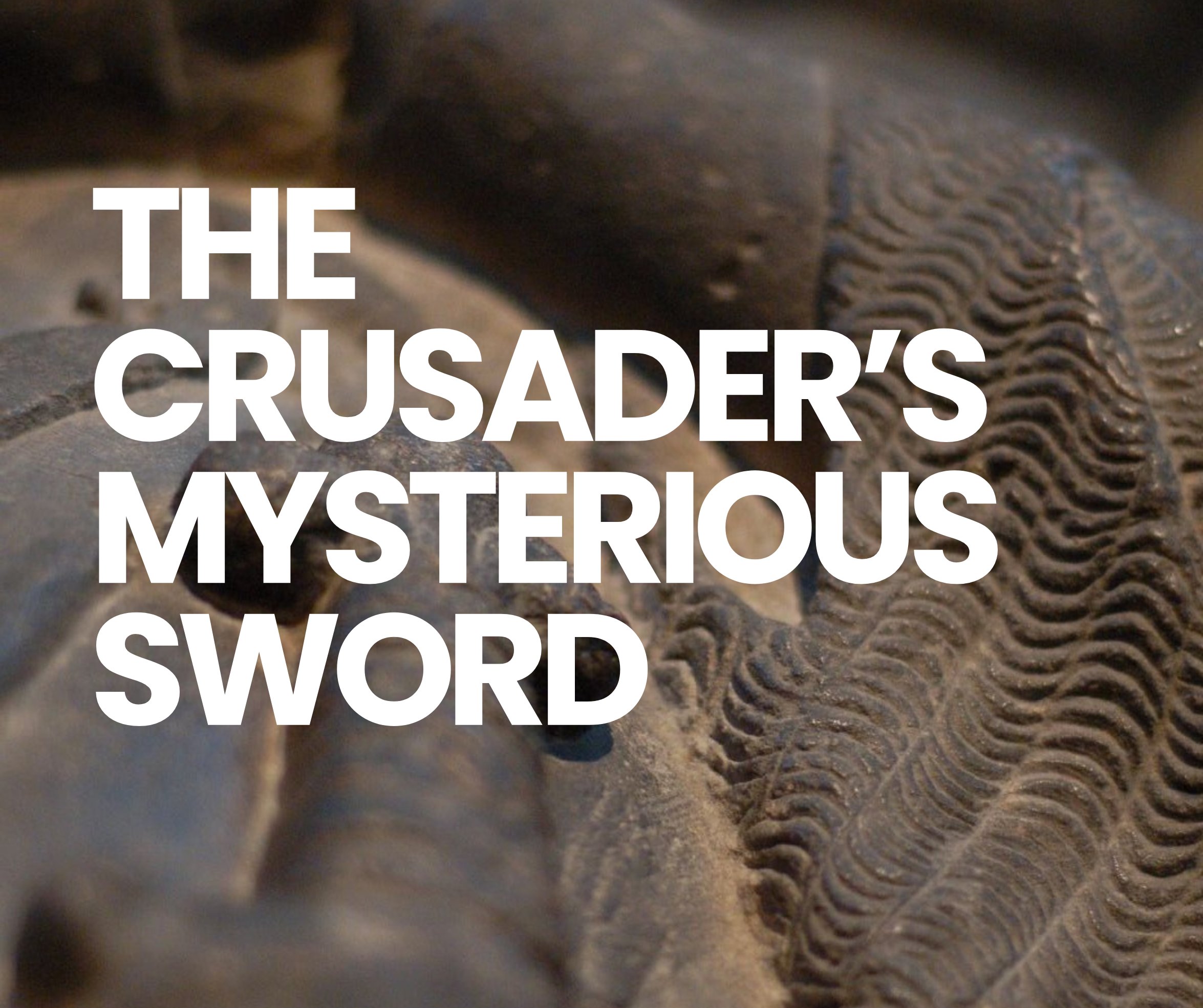
"The tomb effigy of a French crusader from the thirteenth century preserves a surprising secret: a carved copy of a Chinese sword which belonged to the knight. The question of how a Chinese sword ended up on the tomb has fascinated scholars for decades. It is a story that speaks to the influence of global travel, crusading warfare, trade and plunder, inviting us to reconsider the Middle Ages as more globally connected than often imagined."
"At first glance, the impressive stone tomb slab shows a typical European knight of the period 1240-1270. He is recumbent with hands clasped across his chest in prayer. His head rests on a pillow, his feet on a small lion, as was typical in contemporary tomb architecture. His haircut was fashionable for the time: mid-length locks flow down the side of a youthful face;"
The limestone tomb effigy of d'Aluye in The Cloisters (The Metropolitan Museum of Art) is a thirteenth-century recumbent knight relocated from France in 1925 after the Revolution. The effigy depicts a young knight in full mail, wearing a surcoat belted at the waist, hands clasped in prayer, head on a pillow, and feet on a small lion, with a triangular heater shield. The effigy preserves a carved copy of a Chinese sword that belonged to the knight, pointing to the knight's participation in long-distance travel, crusading warfare, trade, and plunder, and to broader medieval connections across continents.
Read at Medievalists.net
Unable to calculate read time
Collection
[
|
...
]